The Price of Glee: The Biggest Revelations From ID's Glee Docuseries
-
 Jenna Ushkowitz, Amber Riley, Cory Monteith, and Lea Michele on Glee. (Photo: Everett Collection)
Jenna Ushkowitz, Amber Riley, Cory Monteith, and Lea Michele on Glee. (Photo: Everett Collection)Is there really a Glee curse? That’s the question Investigation Discovery aims to answer with its new three-part docuseries The Price of Glee. The salacious series pulls back the curtain on the scandals, tabloid gossip, and fatal tragedies that have plagued the stars of Ryan Murphy’s hit musical comedy, including the deaths of Cory Monteith, Mark Salling, and Naya Rivera, and Monteith’s history of substance abuse.
The Price of Glee features interviews with crew members, friends and family of the stars, and entertainment journalists who speak to the off-screen drama surrounding the show, which ran from 2009 to 2015 on Fox. However, none of the original stars of Glee appear in ID’s docuseries — in fact, they have loudly condemned it. Chord Overstreet, who played Sam Evans from Seasons 2 to 6, has insisted the series is “just like a tabloid thing trying to sell,” while Jenna Ushkowitz (Tina Cohen-Chang) and Kevin McHale (Artie Abrams) have accused those who participated of “sharing experiences that they didn't have.”
But despite the lack of involvement from the Glee cast, The Price of Glee still offers a few interesting tidbits for fans of the show. These are the seven biggest takeaways from The Price of Glee on ID and Discovery+:
1. The Glee Crew Thought Lea Michele Was Bad for Cory Monteith

Glee stars Lea Michele and Cory Monteith didn’t go public with their relationship until 2012, but according to Garrett Greer, an assistant to an executive producer on Seasons 1 and 2, they first got together years earlier, in 2009. “They had been an item before the show premiered, and then during Season 1, or part of it, anyway, Lea and Cory were involved,” he says. “And then later, their relationship came back full force.”
Still, Greer, who describes Michele as a “narcissist,” and others on the Glee set didn’t seem to think they were a good match. “I found that interesting that they ended up together. I was really very surprised,” says set decorator Barbara Munch. “It seemed odd because it was about her, always. And I think he just accepted that.”
Dugg Kirkpatrick, head of the hair department in Season 3, alleges that the relationship negatively affected Monteith’s mental state. “A lot of Cory’s confusion had a lot to do with his relationship with Lea Michele,” he says. “I don’t know that she was a friend. I think she was involved with him because he was on a TV show.”
“Was Lea good for him?” asks Patrick Chisholm, a key assistant location manager. “I would hope so. I would think so. I know other people who say, ‘Maybe that wasn’t necessarily true.’”
2. Another Cast Member Allegedly Gave Cory Monteith “Permission” to Drink After He Left Rehab
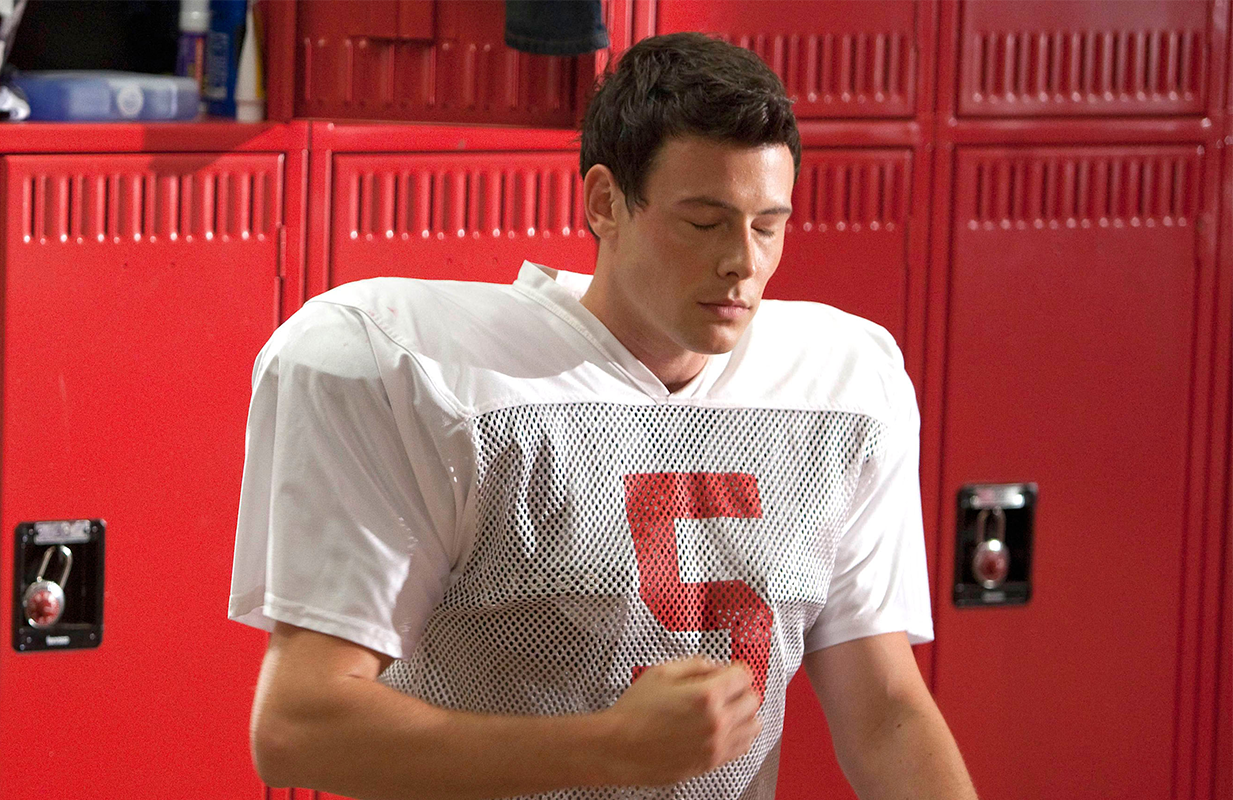
One of the most damning allegations in The Price of Glee comes from Kirkpatrick, who claims Monteith told him another cast member encouraged him to drink alcohol shortly after he left rehab for drug addiction in April 2013. Monteith came to Kirkpatrick regularly for haircuts, and Kirkpatrick insists that after leaving rehab, the Glee star “was clean” until shortly before his death on July 13, 2013.
“In the end, at the very last couple days that I saw him, he was different. He was under the influence of alcohol,” Kirkpatrick recalls. “He said he was at a party and he hadn’t been drinking, and he wanted to have a drink, but he knew he shouldn’t. And then he was told by a certain cast member that same night, ‘You know, if you want to have a drink, you should have a drink. I’ll be here. You can always trust that I will be here for you.’”
“In my opinion, you would never say that to anybody who is sober,” he continues. “So that confused him, and kind of made him mad. But he did. He started drinking because he was given permission by somebody that he loved.”
Kirkpatrick declines to name the cast member — “Because I wasn’t there, I didn’t hear the person say it,” he says — but he explains Monteith was “confused” about the incident. “He resented it, but also he took the direction,” says the former crew member. “I think it sent him on a path to destruction.”
3. The Cast and Crew Were “Forced” to Return Just Two Weeks After Cory Monteith’s Death
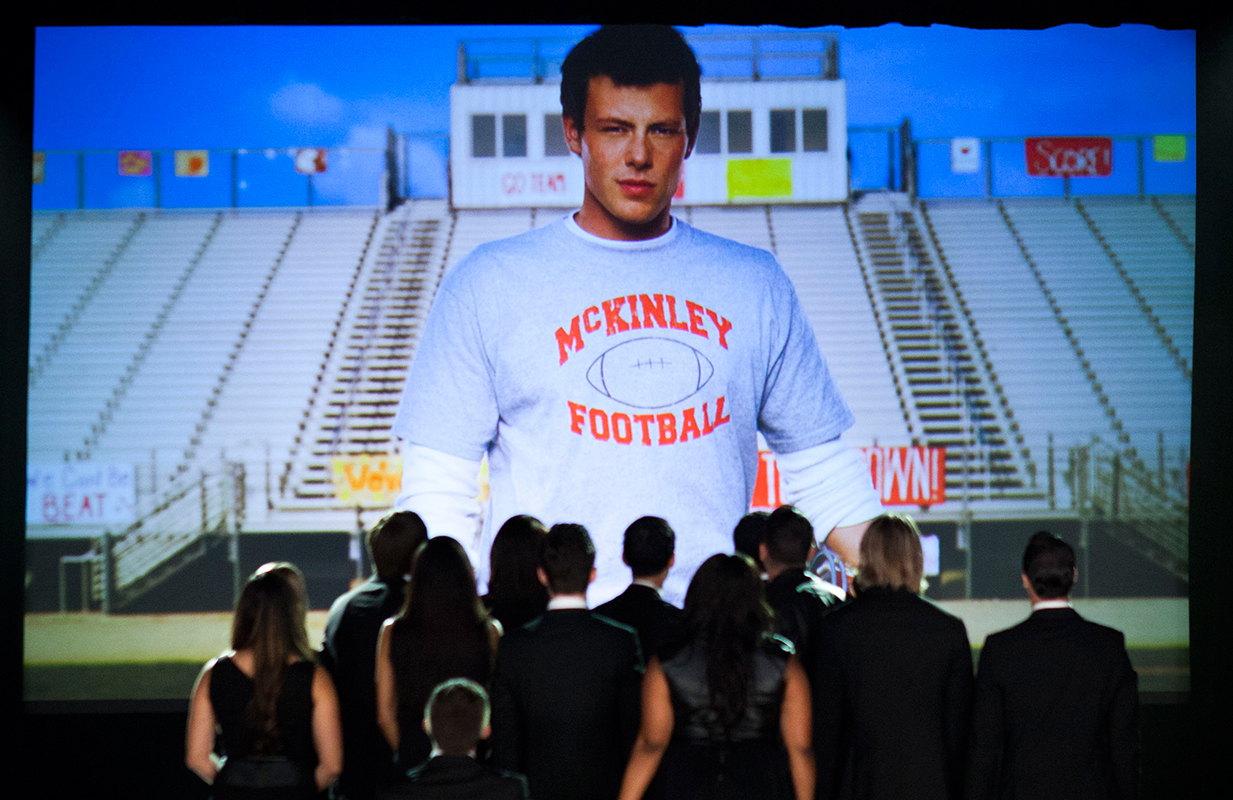
While creator Ryan Murphy now believes Glee should have ended after Monteith’s death, at the time, he largely left the decision up to Michele. With various options on the table, including taking a six-month hiatus or canceling the show altogether, Michele chose to return to work just two weeks after her boyfriend and co-star’s death. “I said, ‘We have to go back to work.’ We have to. They’re my family,” she told Ellen DeGeneres of her decision in December 2013.
However, many of the cast and crew members interviewed in the docuseries were not supportive of the call. “It was only a couple of weeks. All of the actors had to just pull themselves together and get back to work,” says Jodi Tanaka, Naya Rivera’s stand-in. “Everyone was just kind of forced to.”
J.A. Byerly, a rigging gaffer on Seasons 1 to 5, said Fox was conscious that Glee was about to cross the 100-episode mark (the traditional threshold for ultra-profitable syndication deals), contributing to their desire to get the show back on the air. “They wanted a product, so we spit out a project,” he explains. “They’re looking for 100 episodes. [There’s] a lot of demand put on the kids to put on their big boy shoes and, let’s go.”
In October 2013, Glee paid tribute to Monteith in “The Quarterback,” the third episode of Season 5. The episode follows the members of the glee club as they cope with their grief in the wake of Finn’s (Monteith) passing, honoring his memory with emotional performances of “Seasons of Love,” “If I Die Young,” and “Make You Feel My Love.”
Glee ultimately went on for two more seasons after Monteith’s death, but Byerly says he was never far from the cast and crew’s minds: “His presence was still there... You could feel an emptiness there, that Cory wasn’t around anymore.”
4. Mark Salling Was “A Bit Off” From the Beginning
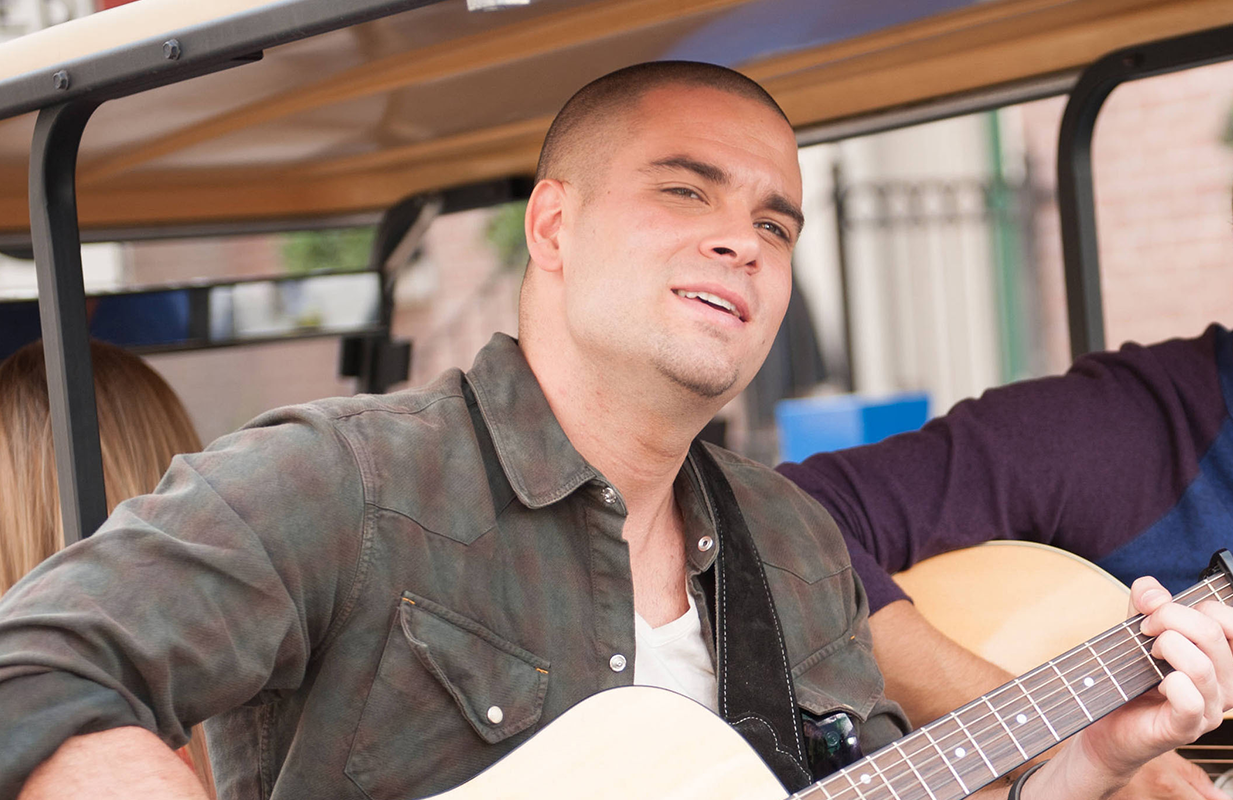
Mark Salling was largely unknown before landing the role as Noah “Puck” Puckerman, Finn’s best friend, and like Monteith, he was a bit older than the rest of the cast (both were 26 when Glee premiered). But according to Munch, Salling’s age wasn’t the only thing that made him stand out among his co-stars.
“He was quieter, for sure, and kept to himself because I think he felt more of an adult than the others,” she remembers. “He just was, you know, a bit off. He wasn’t just a regular young man. He had some issues going on, it seemed obvious.”
A few months after Glee ended its six-season run in 2015, Salling was arrested for possession of child pornography, a charge to which he ultimately pleaded guilty as part of a plea deal. He died by suicide on January 30, 2018, shortly before he was scheduled to be sentenced.
Christopher Baffa, Glee’s director of photography from Seasons 1 to 3, says Salling’s off-set behavior “didn’t jive with the person [he] experienced,” but he acknowledges that actors are typically “on their best behavior once they get around the crew.”
“If he felt like he was on an edge or something, how did he get there?” adds Chisholm. “He was a great guy. What happened? I don’t know.”
5. A Background Actor Claims Lea Michele Removed Him From the Lunch Table
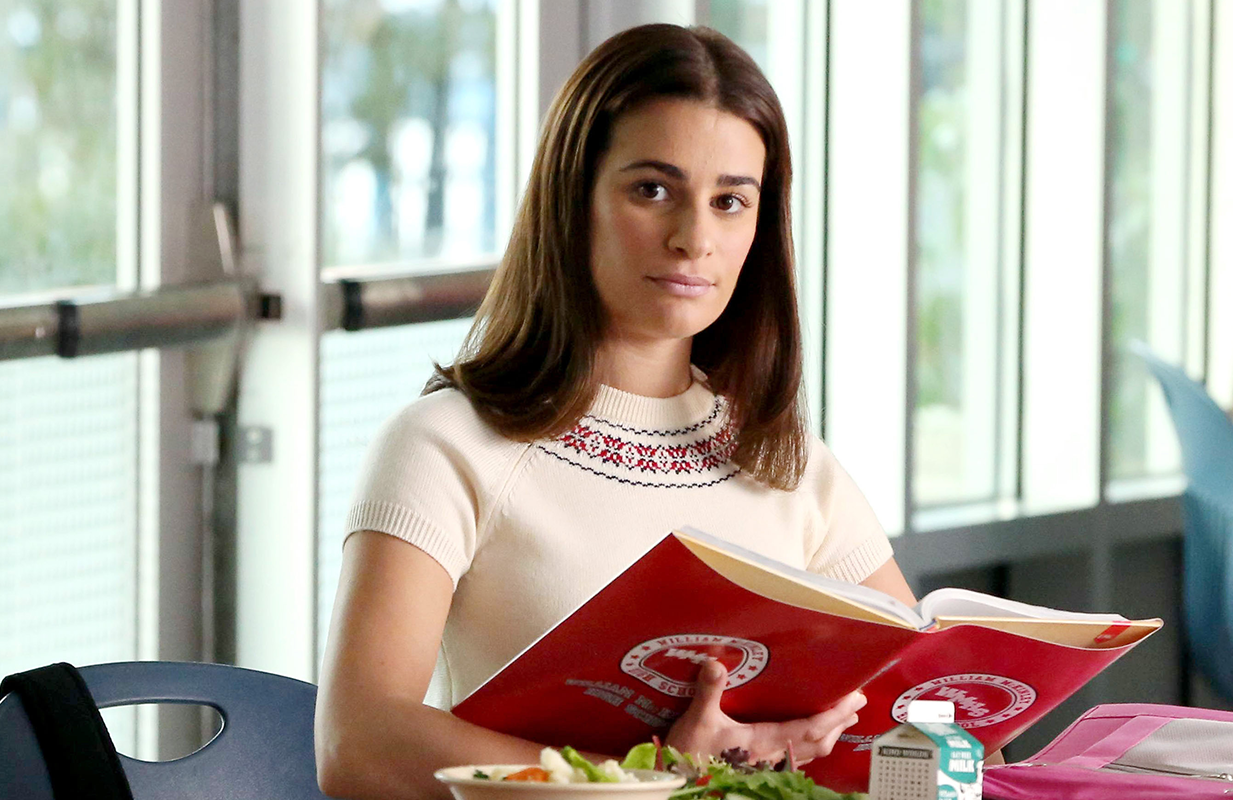
In Episode 2, “The Show Must Go On,” Glee Season 5 actor Dabier details his “pretty negative” experience with Michele on set. After filming a complicated dance number, Darren Criss invited Dabier to lunch with the other cast members, but conflict soon arose. “I was there maybe 10 minutes, and then I got pulled from somebody on set,” he recalls. “She goes, ‘Somebody specifically at the table doesn’t want you sitting there... It’s not you, it’s just the person there just doesn’t feel like you belong with the rest of the group.’”
The crew member didn’t want to reveal who asked him to leave, but when Dabier guessed Michele, she confirmed his suspicion. “Like, wow. I really just got pulled just because of my ‘status’ on the show,” says Dabier (he shared a similar story on Twitter as allegations against Michele began piling up in June 2020). “I’ve never really experienced anything like that, not even in a high school setting, like an actual, actual high school setting.”
6. Naya Rivera’s Father Still Doesn’t Know How She Died
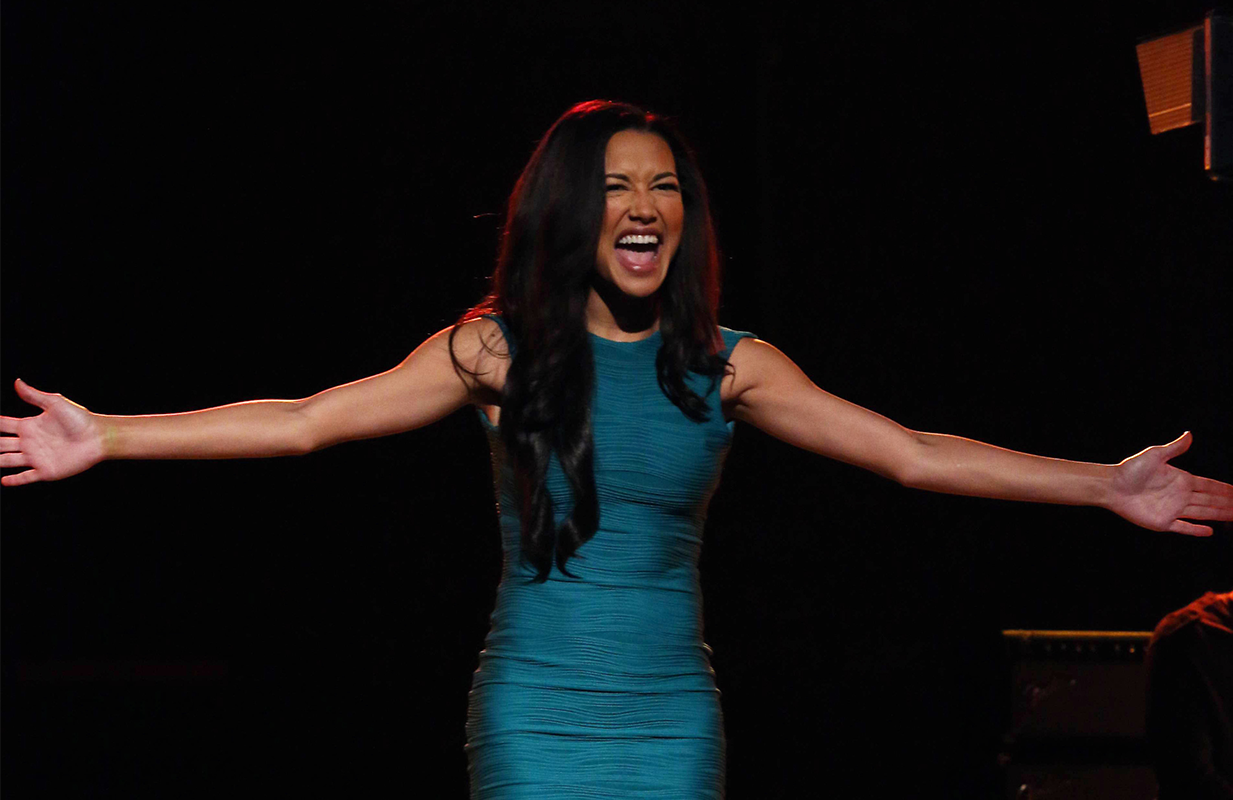
The third and final episode of The Price of Glee focuses on Naya Rivera’s tragic death on July 8, 2020. That afternoon, Rivera’s young son Josey was found alone in a rented pontoon boat on Lake Piru in California. Rivera was declared missing, and after an exhaustive five-day search, her body was found. She was 33 years old.
In an emotional interview in Episode 3, George Rivera recalls his final FaceTime call with his daughter. George explains that while “trying to talk her through the pitfalls of trying to anchor your boat,” he cautioned her against leaving the pontoon. “I said, ‘Do not jump off that effing boat,’” says George. “And then the FaceTime call hung up. And that was the last time I talked to her.”
When George received a call informing him that his daughter was missing, he “knew immediately that it was over.” He says, “You don’t find a drifting five-year-old child asleep on a boat at the end of a lake without his mother and have any hope. I had no hope.”
More than two years later, George still doesn’t know what happened that day. “Naya was a really good swimmer,” he tells a producer. “They have never given an excuse why. No one has come up to me and said, ‘Hey, George, we’ve solved the mystery.’”
But The Price of Glee does attempt to give George some clarity on his daughter’s death. Entertainment journalist Katrina Mitzeliotis interviews Mike Murphy, a former coroner, who theorizes that powerful winds blew the boat around Lake Piru and made it difficult to swim back once Rivera and her son had jumped into the lake. “I think we need to remember this,” says Murphy. “When you talk about legacies and her performance and all the things she did, but at the end of the day, her greatest legacy was that she saved her child first.”
7. The Cast and Crew Don’t Believe in the “Glee Curse”

Over the past few years, there’s been much talk about the “Glee Curse,” but the cast and crew seem to explicitly reject this theory. “I remember someone mentioning ‘Glee Curse’ to one of the cast members, and they got pretty upset about it because they were like, ‘No. This show is not cursed. There is no ‘Glee Curse,’” remembers Kyle Burch, Chris Colfer’s stand-in.
“Bad things happen. It’s life,” adds Greer. “Unfortunately, with the show, there have been maybe more of the fair share of that, but not everything is going to be sunshine and rainbows.”
Ultimately, those close to Glee want the show to be remembered for spreading inclusivity and positivity, not the tragedies that have plagued its stars. “I don’t think Glee is ever going to outlive the tragedies or some of the cast tensions or some of the things that are said about it,” says Baffa. “But I’d hate to have those aspects, as real as they are, take away from the good that was achieved. Because I do believe that good was achieved.”
The Price of Glee is available to stream on Discovery+. Join the discussion about the show in our forums.
Claire Spellberg Lustig is the Senior Editor at Primetimer and a scholar of The View. Follow her on Twitter at @c_spellberg.
TOPICS: The Price of Glee, Discovery+, Investigation Discovery, Glee, Cory Monteith, Lea Michele, Mark Salling, Naya Rivera, Ryan Murphy